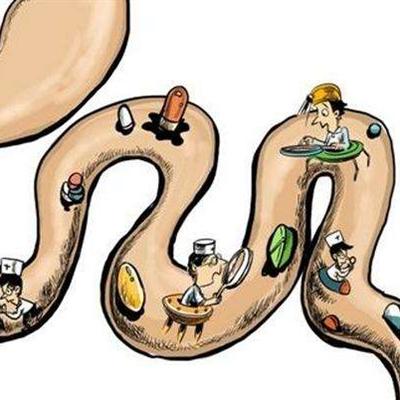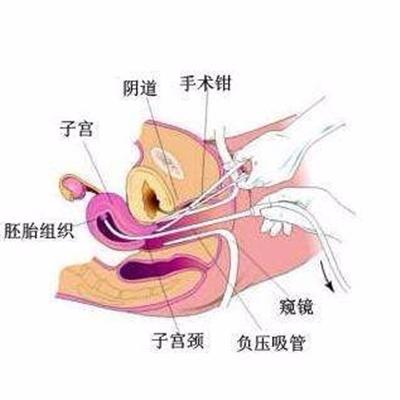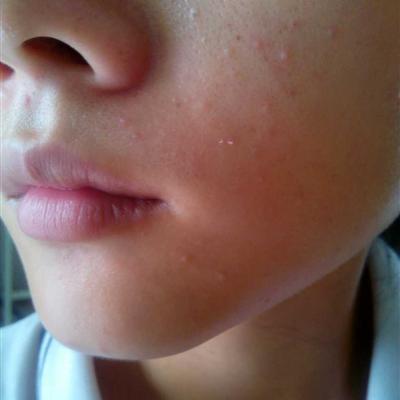What symptom does common bile duct dilate have?
summary
The diagnosis of this disease can be considered according to the three main symptoms that appear intermittently from childhood, namely abdominal pain, abdominal mass and jaundice. If the symptoms appear repeatedly, the possibility of diagnosis is greatly increased. The cystic cases are mainly abdominal mass, and the onset age is early. The diagnosis can be made by palpation combined with ultrasound examination. The fusiform cases are mainly abdominal pain, except ultrasound examination, ERCP or PTC examination is necessary for correct diagnosis of jaundice. There is no significant difference between the two types of jaundice.
What symptom does common bile duct dilate have?
Abdominal mass, abdominal pain and jaundice are considered to be the classic triple symptoms of the disease. The abdominal mass is located in the right upper abdomen, under the costal margin, and the huge one can occupy the whole right abdomen. The mass is smooth, spherical, and can have obvious cyst elasticity. When the cyst is full of bile, it can be solid, like a tumor, but the volume often changes. In the period of infection, pain and jaundice, the mass increases.

Small bile duct cysts are difficult to touch because of their deep position. Abdominal pain occurs in the middle part of the upper abdomen or right upper abdomen. The nature and degree of pain are different. Sometimes it is persistent distending pain or colic. The patient often takes a prone position and refuses to eat to alleviate the symptoms. The onset of abdominal pain indicates obstruction of bile duct outlet and increase of common tube pressure, Pancreatic juice and bile can flow against each other.

It causes the symptoms of cholangitis or pancreatitis, so it is often accompanied by fever, sometimes nausea and vomiting. The symptoms often occur accompanied by the increase of blood and urine amylase values. Jaundice is mostly intermittent, which is often the main symptom of children. The depth of jaundice is directly related to the degree of biliary obstruction. Mild cases may not have jaundice clinically, but with the infection and pain appearing, Can appear jaundice temporarily, fecal color changes pale or gray, urine color is deeper, the above symptoms are intermittent, because the distal bile duct outlet is not unobstructed,.

matters needing attention
In recent years, due to the increasing number of patients with early diagnosis, fusiform dilatation was found, and less than 10% of the patients had triad. Most of the patients had only one or two symptoms. According to various reports, abdominal masses were palpable in 60-70% of the patients, 60-90% of the cases have jaundice. Although jaundice is obviously obstructive, in fact, many patients are diagnosed as hepatitis, which is diagnosed only after repeated attacks. Abdominal pain also lacks typical manifestations. Therefore, it is easy to be misdiagnosed as other abdominal conditions. Intrahepatic and extrahepatic multiple bile duct dilatation usually occurs later, and the symptoms do not appear until intrahepatic cyst infection.















